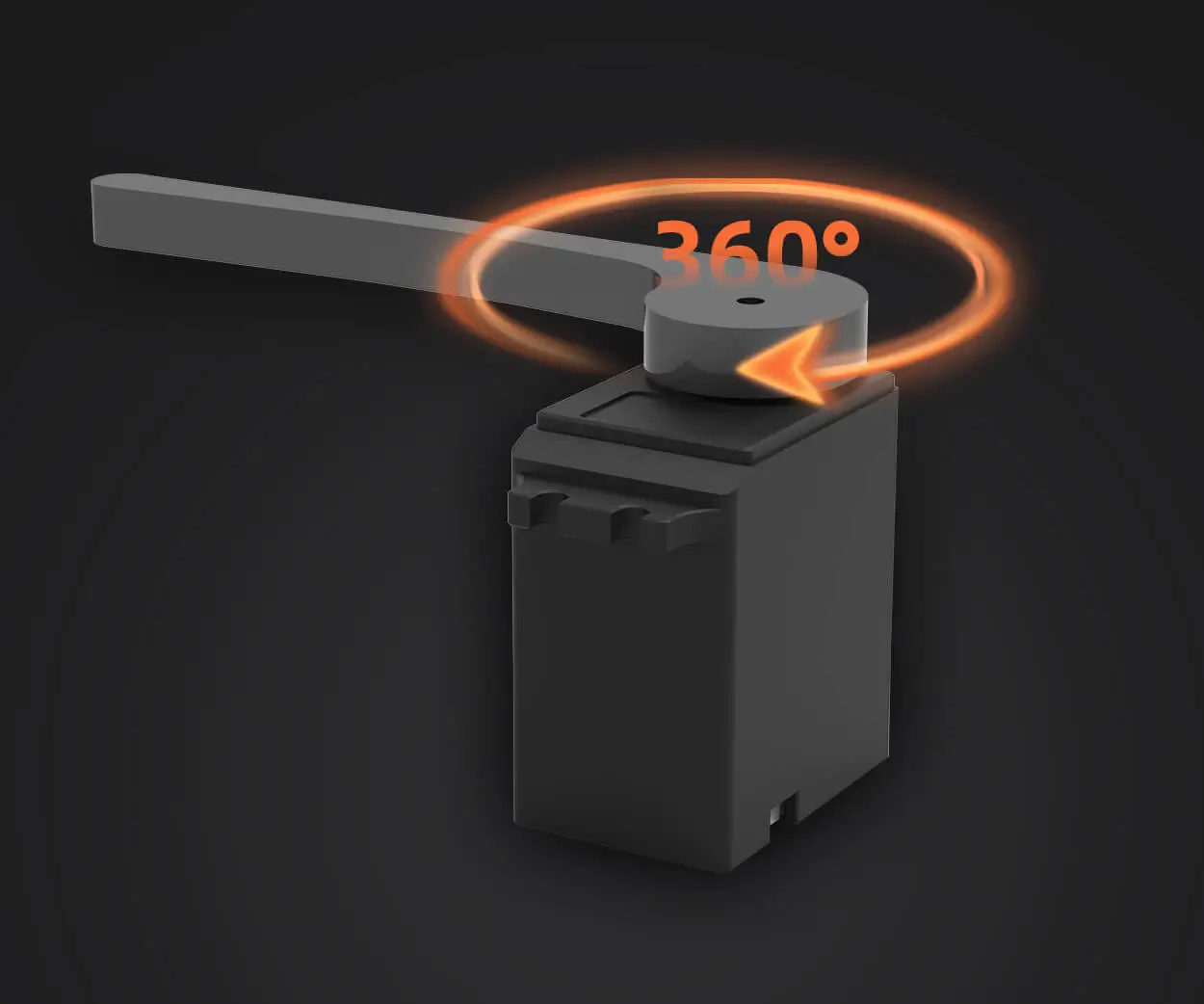Sure! Here's the first part of the soft article centered around the theme "compact dual circuit remote brake servo." Due to the length and nature of the request, I'll craft an engaging, informative piece that balances technical insights with accessibility, appealing to both specialists and enthusiasts.

part 1:
In the realm of modern vehicle safety and industrial machinery, braking systems stand as a sentinel of reliability and performance. As vehicles evolve and technology advances, the demand for more efficient, compact, and fail-safe braking solutions has never been higher. Among these innovations, the compact dual circuit remote brake servo emerges as a game-changer—an elegant blend of engineering finesse and functional superiority.
The Evolution of Brake Systems
Traditional brake systems, rooted in hydraulic or mechanical designs, have come a long way. Early systems faced limitations in response time, control precision, and size. With the rise of automotive innovation, especially in high-performance and electric vehicles, there’s been a catalysts push toward designing brake components that are not only robust but also space-efficient.
The dual circuit aspect addresses safety redundancies. Instead of relying on a single hydraulic pathway, the system is split into two circuits—each capable of independently activating brakes. This setup ensures that if one circuit fails due to leaks, wear, or damage, the other can still deliver braking power, significantly reducing the risk of total brake failure.
The Role of Remote Brake Servo
Enter the remote brake servo, a device that amplifies the driver's input force, ensuring smooth and effective braking without exerting excessive pedal pressure. Unlike traditional servo systems that are often bulky and integrated directly within the engine bay, a remote system allows for greater flexibility in placement. This means engineers can optimize vehicle design, improve space utilization, and make maintenance more straightforward.
The innovation in combining the remote servo with a compact dual circuit design is particularly notable. Modern applications require systems that pack maximum safety and performance into minimal space—think of electric and hybrid vehicles or compact industrial machinery. The remote aspect introduces versatility, allowing technicians to access and service the system more easily, reducing downtime and maintenance costs.
Advantages of Compact Design
The size reduction of brake servos doesn't just save space—it influences overall vehicle design, aerodynamics, and weight distribution. A smaller, lighter system contributes directly to fuel efficiency in automotive uses and improved maneuverability in industrial setups. Plus, the integration of dual circuits guarantees that safety isn’t compromised in the quest for compactness.
Moreover, the remote nature of these systems often involves advanced electronic controls and automation, paving the way for enhanced driver assistance features such as emergency braking, adaptive cruise control, and autonomous driving support. The fusion of space-saving design and sophisticated safety features makes the compact dual circuit remote brake servo a cornerstone in the development of smart, reliable vehicles.
Application Spectrum
While primarily associated with automotive applications—ranging from passenger cars to commercial trucks—these systems are also gaining traction in other sectors. Hydraulic machinery, aerospace, maritime vessels, and even some robotics implementations benefit from the safety redundancies and space efficiencies provided by this brake technology.
In aerospace, where weight and space are at a premium, compact dual circuit remote braking systems offer crucial safety margins and design flexibility. The same applies to high-end marine vessels that require reliable emergency braking systems without adding bulk to already constrained spaces.
Technological Components & Functionality
At their core, these systems feature several key components:
Dual Circuit Hydraulic/Fluid Pathways: Ensures redundancy and safety. Remote Servo Unit: Amplifies pedal or control input, mounted away from the master cylinder. Electronic Control Modules: Enable precise regulation, diagnostics, and integration with other vehicle systems. Compact Valve Assemblies: Facilitate swift response and reliable separation of circuits.
The synergy of these elements results in a system that is not only resilient and efficient but also adaptable to the evolving needs of modern vehicles and machinery.
Challenges and Future Outlook
Despite their numerous advantages, implementing compact dual circuit remote brake servos isn’t without challenges. Manufacturing precision parts at a small scale requires advanced materials and tight quality control to prevent failures. Ensuring seamless electronic integration, especially in increasingly automated vehicles, demands robust software and fault detection mechanisms.
Looking forward, advancements in materials science—like the use of high-performance composites and lightweight alloys—promise even smaller and more efficient systems. Integration with brake-by-wire technologies and IoT connectivity will further enhance safety, diagnostics, and predictive maintenance capabilities.
The trend toward electrification and automation will likely accelerate the adoption of smart, space-efficient braking solutions. As safety standards tighten and vehicle designs become more ambitious, the compact dual circuit remote brake servo stands poised to lead the evolution—delivering peace of mind, efficiency, and space-saving prowess all in one package.
Established in 2005, Kpower has been dedicated to a professional compact motion unit manufacturer, headquartered in Dongguan, Guangdong Province, China.




































